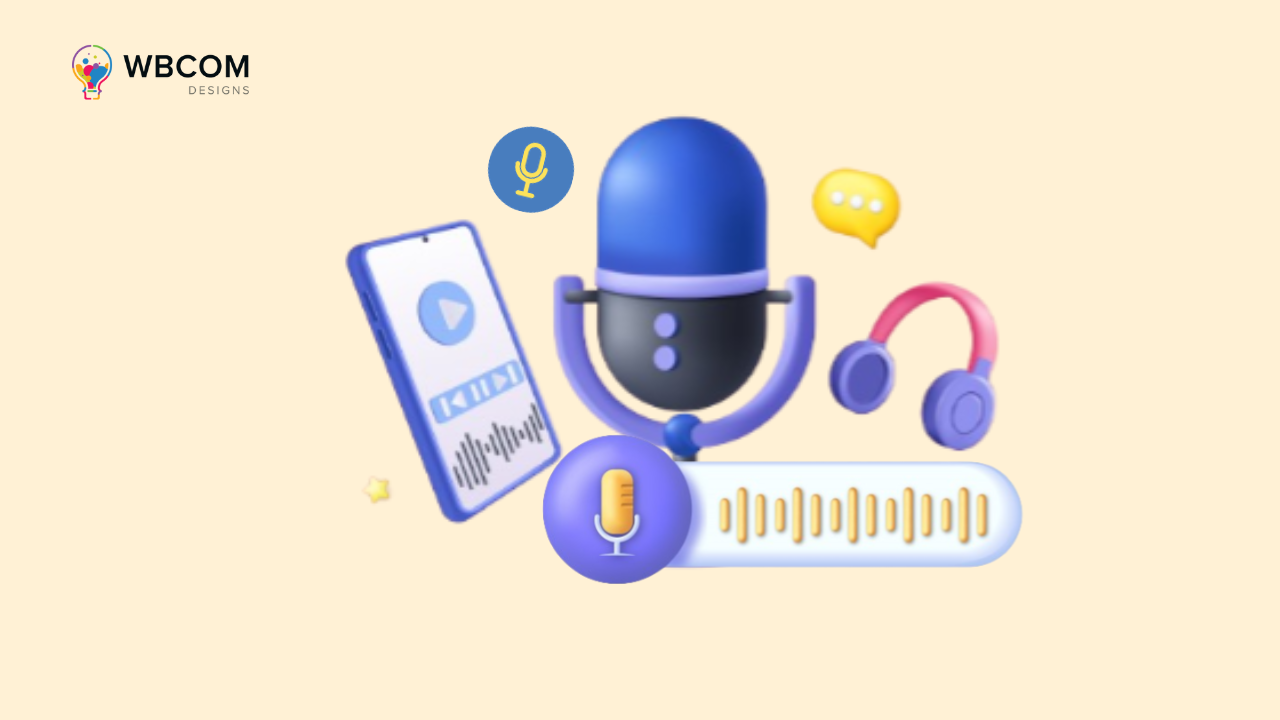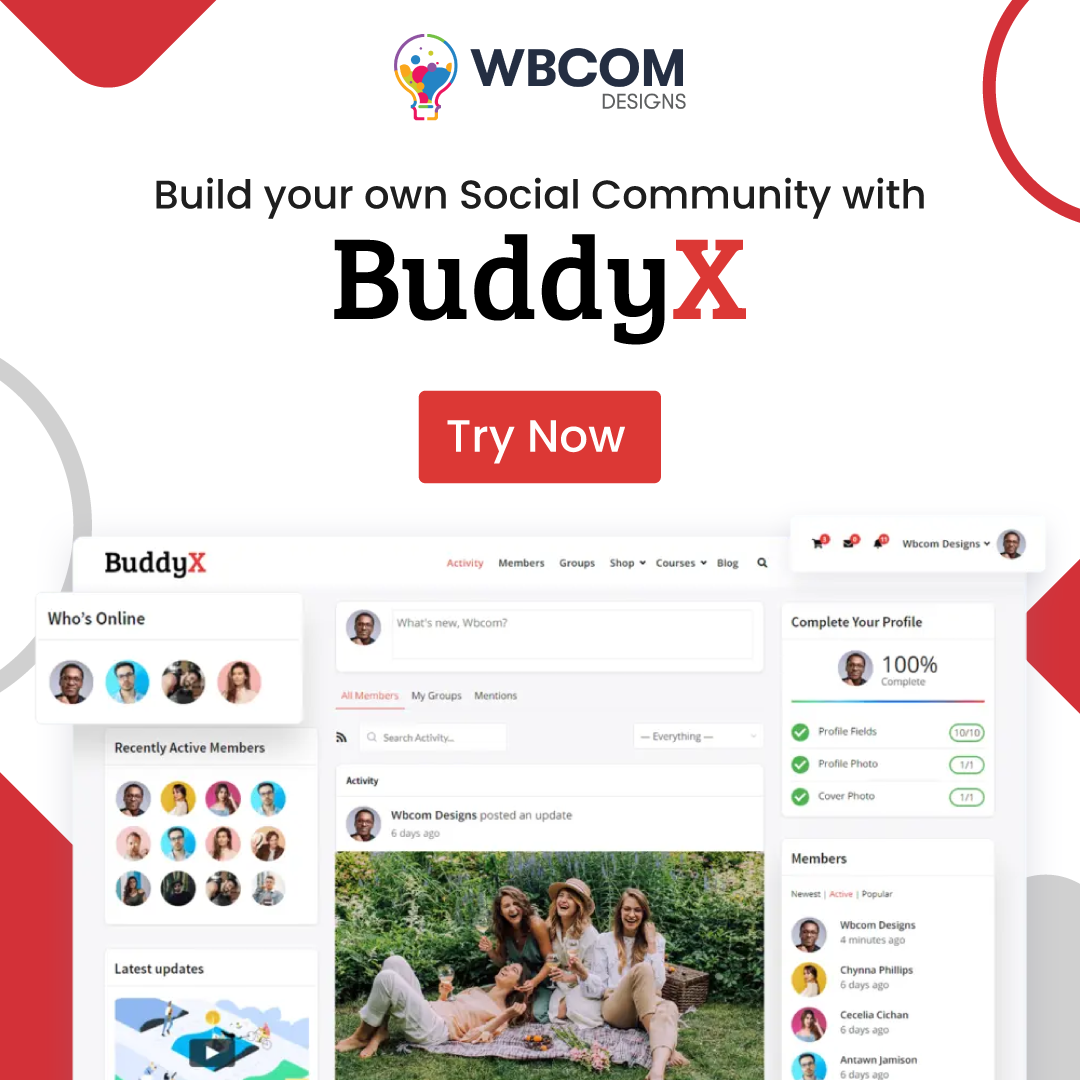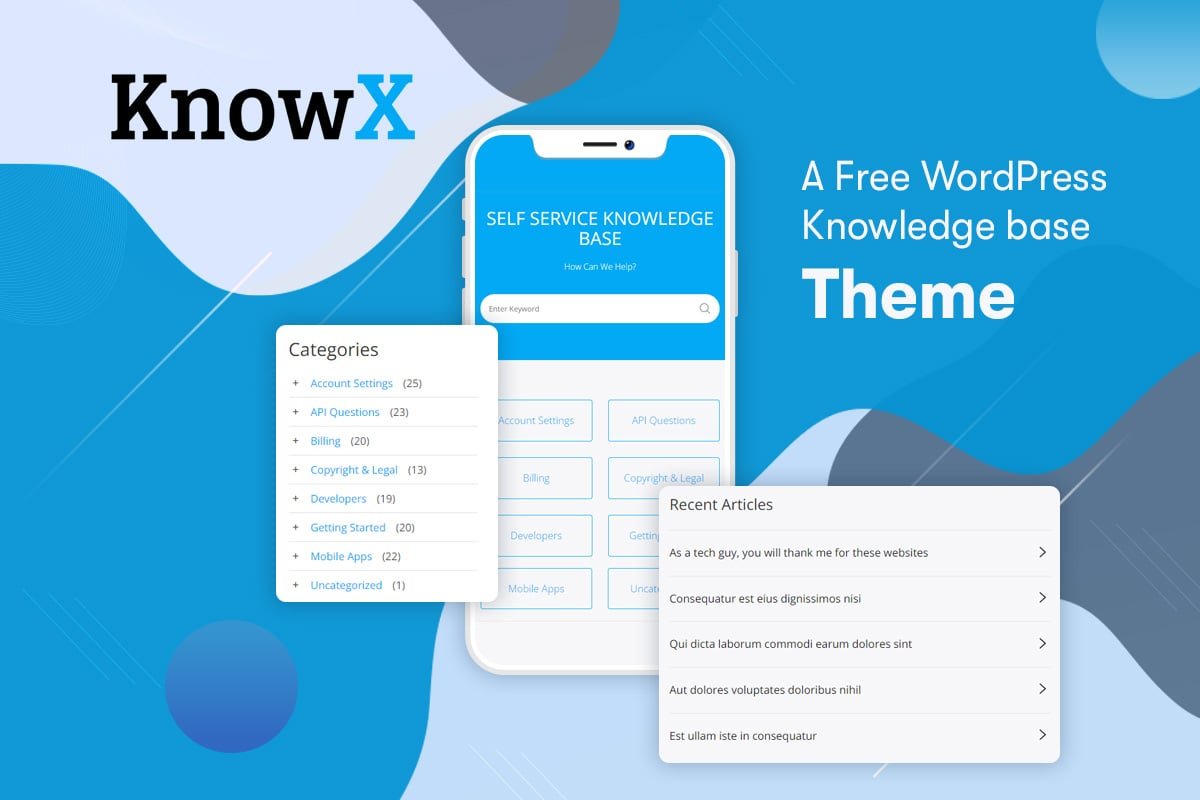Voice cloning, a pioneering facet of AI technology, involves replicating and synthesizing human speech patterns and tones to create remarkably realistic artificial voices. This innovation holds immense significance across diverse industries, ranging from entertainment and media to accessibility tools and customer service applications. The ability to generate lifelike synthetic voices has revolutionized how content is delivered, facilitating personalized experiences and enabling accessibility solutions for individuals with speech impairments. In this blog, we embark on a journey to explore and showcase the leading AI voice cloning tools available today, delving into their functionalities, applications, and impact in this rapidly evolving technological landscape.
Table of Contents
ToggleUnderstanding AI Voice Cloning Technology
AI voice cloning technology operates through advanced algorithms and techniques that replicate human speech patterns. At its core, this technology harnesses sophisticated artificial intelligence models, notably neural networks and generative models. Neural networks, particularly deep learning architectures like recurrent neural networks (RNNs) and convolutional neural networks (CNNs), form the backbone of many voice cloning systems.
Generative models such as WaveNet and Tacotron leverage deep neural networks to synthesize speech by processing raw waveform samples, allowing for the creation of highly natural-sounding voices. These approaches analyze and emulate various elements of speech, including intonation, pitch, and phonetic sequences, enabling voice cloning tools to produce remarkably realistic synthetic voices that closely resemble human speech patterns. Through extensive training on vast datasets, these tools refine their understanding of speech nuances, resulting in increasingly accurate and natural-sounding voice replicas.
Also Read: Crafting Universal Appeal: How Local Nuances Shape Global Design Aesthetics
Top AI Voice Cloning Tools
1. Descript
Descript offers advanced voice cloning capabilities integrated into its audio and video editing software. Its AI-based tool allows users to clone voices from recordings and modify text-based transcripts directly.
Key Features:
- Voice Cloning: Utilizes AI to clone voices from existing recordings.
- Text Editing: Allows text-based editing of audio transcripts, enabling easy modifications to the cloned voice.
- Audio/Video Editing: Offers a comprehensive editing suite for audio and video content.
- Collaboration: Facilitates real-time collaboration on projects with multiple users.
Use Cases: Ideal for content creators, podcasters, video producers, and individuals seeking intuitive audio editing coupled with voice cloning capabilities.
2. Lyrebird
Lyrebird is an AI voice generation platform enabling users to synthesize natural-sounding voices based on voice samples provided by the user.
Key Features:
- Voice Synthesis: Generates custom synthetic voices using AI algorithms.
- Customization: Offers voice customization options, including emotion, tone, and pitch modulation.
- Integration: Allows integration via APIs for developers to embed synthesized voices into applications.
- Multiple Languages: Supports multiple languages for voice synthesis.
Use Cases: Suitable for developers, businesses, and individuals seeking customizable, high-quality synthetic voices for various applications, including virtual assistants, narration, and accessibility tools.
Also Read: A Deep Dive Into The Best Backlink Management Tools for Effective SEO
3. Resemble AI
Resemble AI offers cutting-edge AI voice synthesis technology. It enables users to generate highly realistic and customizable speech using deep learning models. Resemble AI’s platform allows for the creation of unique voices that can be tailored to specific applications, from personal assistants to video game characters. It offers developers and creators an API to integrate synthesized voices into their projects.
Key Features:
- Advanced neural networks for voice synthesis.
- Customizable voice models, tones, and accents.
- API integration for developers to incorporate synthesized voices into applications.
- Multilingual support for voice generation.
- Flexible pricing plans based on usage and needs.
4. Google Cloud Text-to-Speech
Google Cloud Text-to-Speech is a part of Google Cloud’s suite of AI-powered services. It provides users with a robust and scalable platform for converting text into natural-sounding speech. Leveraging Google’s deep learning models, it delivers high-quality and human-like synthesized voices across multiple languages and variants. The service is designed for easy integration into various applications and devices.
Key Features:
- Wide range of natural-sounding voices in multiple languages.
- Various speech synthesis models and audio profiles.
- Customization options for speech rate, pitch, and volume.
- Seamless integration with Google Cloud services and APIs.
- Pay-as-you-go pricing based on usage, with a free tier available for limited usage.
Also Read: 4 Strategies for Streamlining Website Support with Help Desk Software
5. IBM Watson Text to Speech:
IBM Watson Text to Speech is a powerful AI-driven tool that converts written text into natural-sounding speech. Leveraging IBM’s AI capabilities, it offers multiple voices and languages, providing high-quality, customizable synthetic speech solutions. It allows users to integrate speech synthesis into various applications, enhancing accessibility and user experiences.
Key Features:
- Wide range of voices and languages
- Customizable parameters like pitch, speaking rate, etc.
- Natural-sounding, expressive speech generation
- Cloud-based service for scalability
- Integration with various platforms and applications
6. CereProc:
CereProc is an AI voice cloning tool known for its high-quality text-to-speech synthesis. It specializes in creating lifelike voices for various applications, including gaming, accessibility, and media. CereProc utilizes advanced techniques to produce natural-sounding voices that can be customized to fit specific requirements, offering a range of accents, languages, and character voices.
Key Features:
- The diverse range of voices, including accents and languages
- High-fidelity, human-like speech synthesis
- Custom voice creation services for specific projects
- Compatibility with different devices and platforms
- Tailored solutions for individual needs
7. Speechmorphing
Speechmorphing is an advanced AI voice cloning tool that specializes in creating highly realistic synthetic voices. It employs cutting-edge speech synthesis technology to replicate human voices with exceptional accuracy. The platform offers customization options, allowing users to tailor voices to specific requirements, including accents, intonations, and speech styles. Speechmorphing’s technology finds applications in various industries, from entertainment and media to assistive technologies and accessibility solutions. The tool provides an intuitive interface and flexible integration options, making it suitable for diverse voice-related projects.
Key Features:
- High-quality voice replication
- Customizable voice parameters
- Applications in multiple industries
- User-friendly interface
- Tailored voice synthesis capabilities
Also Read: How to Check Your WordPress Error Log
8. DeepMind’s WaveNet
WaveNet, developed by DeepMind, is an AI-powered generative model designed for raw audio waveform generation. It leverages deep neural networks to produce highly natural-sounding speech waveforms, significantly advancing the quality of synthetic speech. WaveNet’s architecture allows it to capture intricate details in human speech, including nuances in tonality and cadence, resulting in exceptionally realistic voice replicas. Although initially focused on research and development, WaveNet’s groundbreaking technology has influenced and inspired various voice cloning and synthesis tools in the industry.
Key Features:
- Cutting-edge generative model
- Exceptional naturalness in synthetic speech
- Captures fine details of human speech patterns
- Influential in advancing voice synthesis technology
- Research-based development approach
9. Amazon Polly
Amazon Polly, part of Amazon Web Services (AWS), is a text-to-speech service that utilizes advanced deep learning technologies to generate lifelike speech. It offers a wide range of natural-sounding voices across multiple languages and dialects. With Polly, users can convert text into high-quality speech, customize voice characteristics like pitch and speed, and generate speech in real time or from pre-recorded scripts. It also supports various formats for easy integration into applications, websites, or devices. Amazon Polly’s scalability, cost-effectiveness, and comprehensive documentation make it a popular choice for developers and businesses seeking robust text-to-speech solutions.
10. Voicery
Voicery is an AI-powered voice synthesis platform that leverages deep learning models to create natural-sounding synthetic voices. It specializes in generating customizable and expressive speech by combining machine-learning techniques with human supervision. Voicery’s technology focuses on crafting voices with specific emotions, accents, and styles to suit diverse use cases. It provides developers with APIs and tools to generate high-quality, customizable voices that can be integrated into applications, virtual assistants, podcasts, and more. Voicery’s flexibility in voice customization and its emphasis on delivering natural speech make it an attractive option for various industries seeking tailored voice solutions.
Also Read: How to Block a Website on Google Chrome
Comparing the Best AI Voice Cloning Tools
| Tool | Price | Pros | Cons | Best for |
|---|---|---|---|---|
| Lyrebird | $12 per month | Easy to use, high-quality cloning | Limited voice customization | Simple & user-friendly voice cloning |
| Resemble AI | Free | Realistic, diverse library | Relatively expensive | Natural-sounding voices |
| Google Cloud Text-to-Speech | $0.006 per second | Versatile, multi-language | No free tier | Customizable, diverse voice needs |
| IBM Watson Text-to-Speech | Free | The free tier, high-quality | Limited customization | Basic text-to-speech needs |
| CereProc | Free | Free tier, multi-language | Limited customization | Free, multi-lingual text-to-speech |
| Speechmorphing | Free | Free tier, multi-language | Limited customization | Free, multi-lingual text-to-speech |
| DeepMind’s WaveNet | Free | The free tier, high-quality | Limited customization | Free, high-quality text-to-speech |
| Amazon Polly | Free | Free tier, multi-language | Limited customization | Free, multi-lingual text-to-speech |
| Voicery | Free | Free tier, multi-language | Limited customization | Free, powerful text-to-speech capabilities |
Also Read: How to Backup and Restore Your WordPress Website Data?
Future Trends and Developments in Voice Cloning Technology
Here are the key points regarding future trends and developments in voice cloning technology:
Predictions for Advancements in AI Voice Cloning:
- Improved Voice Personalization: Expect greater accuracy in mimicking specific voices and nuances, enabling more personalized interactions.
- Enhanced Realism: Advancements in generative models may lead to more realistic and human-like synthesized voices.
- Multilingual Capabilities: Anticipate progress in multi-language support, making voice cloning accessible across diverse linguistic backgrounds.
- Emotive Voice Rendering: Future developments might focus on incorporating emotions and intonations into synthesized voices for richer communication.
Integration Possibilities and Emerging Innovations:
- Voice-Enabled Customer Service: Integration of voice cloning in customer service AI to offer more human-like interactions and assistance.
- Interactive Media: Expect voice cloning to play a significant role in interactive media, gaming, virtual assistants, and entertainment sectors.
Ethical Considerations and Challenges in the Field:
- Misuse and Deepfakes: Concerns may arise about the potential misuse of voice cloning for creating misleading content or deepfake audio.
- Consent and Privacy: Addressing ethical concerns about using someone’s voice without consent and safeguarding individuals’ privacy rights.
- Regulatory Frameworks: The need for establishing robust regulations to govern the ethical use of AI-generated voices in various domains.
Conclusion
The article highlighted a range of top-tier AI voice cloning tools, showcasing their diverse features and applications. From Lyrebird’s user-friendly approach to Resemble AI’s focus on realism and Google Cloud Text-to-Speech’s extensive voice library, each tool offers unique strengths for various needs. Considering factors like customization, pricing, and ease of use can greatly aid in selecting the right tool for specific projects or businesses. Readers need to explore these options, experimenting with different tools to understand their capabilities and find the best fit for their voice cloning endeavors. As AI continues to evolve, embracing these innovative technologies can lead to groundbreaking developments in communication and interactive experiences.
Interesting Reads:
10 Websites To Find the Best Software Deals








